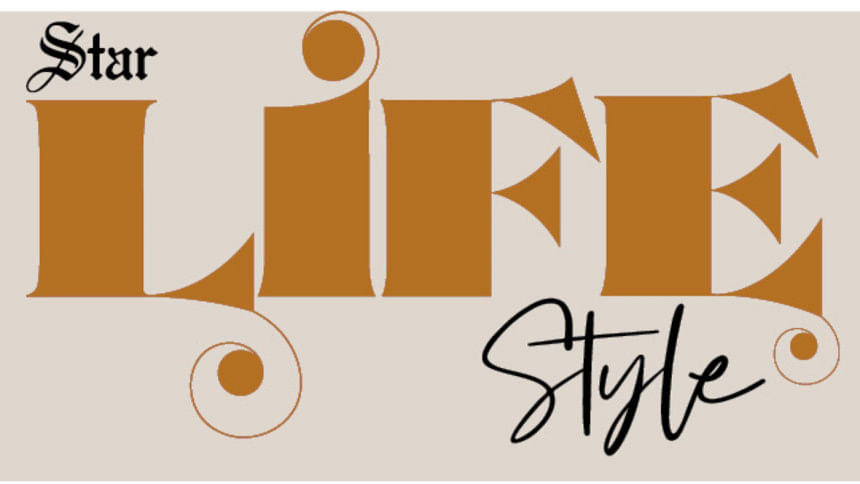Hypochondriac and OCD during the pandemic

The pandemic has significantly impacted overall mental health of the general population. Extent and severity of symptoms would vary from person to person, depending on the balance between adversities of life and available resources to cope with it. The human mind, body and brain carry the scar of living with a chronic life — threatening situation long after it comes to an end. Even though "we are all in it together in this pandemic" is a far better experience than trauma that happens in isolation, it can still be the "last straw that breaks the camel's back" for someone whose mental health was already at compromised level.
An upsurge of mental health conditions like OCD (obsessive compulsive disorder) and Somatization (e.g., Musculo-skeletal pains, fatigue etc.) have been reported across the world since the pandemic started. Unproductive obsessive thoughts (a personality trait) that go unhinged can eventually render someone very helpless.
Biologically, this indicates malfunction of certain neuronal circuits of brain which involves brain structures like — thalamus (receives all sensory input from surroundings), amygdala (flags the danger), prefrontal cortex (regulate response to perceived danger). Parts of our brain (e.g., hippocampus) store memories of previous life-threatening experiences to ensure much quicker reflex action (first line of defense) bypassing the rational cortical brain areas (higher brain centres), which takes longer to assess and contextualise the danger to execute proportionate response.
Pandemic related threats to life can activate human Autonomic Nervous System (ANS has sympathetic and parasympathetic division) to recruit emergency defense mechanism of the body. Cry for help (social engagement system controlled by Ventral Vagal branch of Parasympathetic NS) as our first line of defense may go unheeded. Sympathetic NS (fight and flight response) to ensure survival then comes into play.
Overuse of sympathetic system leads to exhaustion of stress axis of the body. This can cause fatigue and PTSD (post-traumatic stress disorder) symptoms like hypervigilance, startle response, etc. If Dorsal Vagal branch of Parasympathetic NS (freeze or faint response) gets involved, this may lead to complete collapse (bed ridden, immobile) or dissociative (numb, disconnected, out of body experience etc.) symptoms.
According to polyvagal theory, ANS system plays an important role in all life-threatening situations. Vagus Nerve (10th cranial nerve) is pivotal to understand aftermath of trauma and how life can change after this.
On the other hand-prolonged activation of DV (dorsal vagal branch) can lead to infra diaphragmatic (partition between chest cavity and abdominal cavity organs like stomach, kidney, liver etc.) related visceral symptoms. These are physiologically mediated psychological symptoms which eventually can become fatal. People reporting somatic symptoms (commonly called hypochondriacs) are often found to be carrying trauma memories in the ANS (unconscious body memories).
This biological snapshot is important to understand how different people can respond to the same traumatic event in very different ways. Our brain is a social organ. Its function changes remarkably after traumatic experience, which then manifests in emotions, thoughts and behaviours. Fear signal helplessness and alerts us to danger. The fundamental purpose of emotion is to initiate movement that will restore the organism to safety and physical equilibrium. Obsessive compulsive disorder could be one kind of traumatised brain response. From a psychological perspective, repetitive unproductive thoughts are triggered by trapped emotional energy (anger, fear, etc.) that was generated during trauma experience which could not be thwarted in the moment by taking biologically programmed actions of survival (e.g., running away from the source of danger or physically fighting back etc.). Obsessive thoughts can lead to compulsive behaviours (e.g., excessive hand washing, excessive sanitisation, checking etc.) to secure a sense of control and thereby, letting go of some of the suppressed energies floating inside (an analogy — releasing the pressure by opening the pressure cooker valve). Thus, OCD is a coping mechanism that eventually becomes a mental disorder.
In addition to pharmacological support to reduce obsessive thinking and somatic symptoms (antidepressant and antianxiety medications are effective in most cases), cognitive behaviour therapy (to engage rational brain), safe social interactions and human connections (to engage Ventral Vagal NS) and somatomotor therapies (to engage body parts that holds the nervous energy of unresolved trauma experiences) are very important components of a comprehensive treatment model.
Safe friendly human interactions, rhythmic body movements (e.g., namaz and zikr, yoga, dance, walks etc.) can help to restore some balance in ANS. Engaging sensory system of our body (pain, touch, temperature etc.) with music or recitation (soothing sound), visual art (colours and texture) can also help to put a brake to body memories. Breathing and mindfulness exercises are very important to stay in the moment and prevent the past from hijacking our brain. These are priceless easy ways to heal the mind, body and soul.
Mental health of children and youth deserve the highest attention for the sake of a healthy future generation. Children/youth need safe human connection (classrooms and playgrounds) to interact with peers to regulate their emotions. This also facilitates healthy social development. If those psychological growth milestones are missed, it will leave a long-term mark in the mental health of this whole generation. The World Health Organization has already given warnings about mental health epidemic at the end of this pandemic. Health departments are supposed to be taking appropriate measures to prevent this projected epidemic with available resources. Governments of developed countries are already taking essential measures to prevent any avalanche of mental health of their respective population.

 For all latest news, follow The Daily Star's Google News channel.
For all latest news, follow The Daily Star's Google News channel. 



Comments